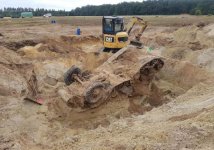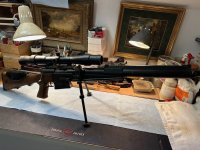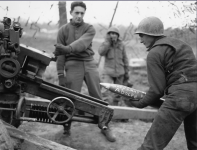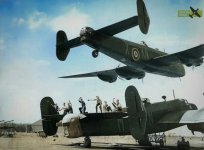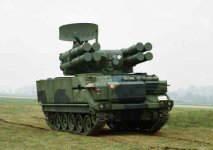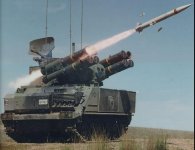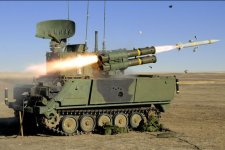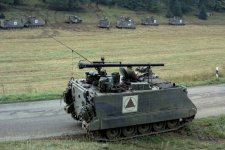The
Landwasserschlepper was demonstrated to General
Franz Halder on 2 August 1940 by the Reinhardt Trials Staff on the island of
Sylt and, though he was critical of its high silhouette on land, he recognized the overall usefulness of the design. It was proposed to build enough LWSs that each invasion barge could be assigned one or two of them, but difficulties in mass-producing the vehicle prevented implementation of that plan.
Due to protracted development, the
Landwasserschlepper did not enter regular service until 1942 and, though it proved useful in both
Eastern Front and
North Africa campaign, it was produced in only small numbers. In 1944 a completely new design was introduced, the LWS II. This vehicle was based on a
Panzer IV tank chassis and featured a small raised armored driver's cabin and a flat rear deck with four fold-down intake and exhaust stacks.

















































